Tag: biology
-
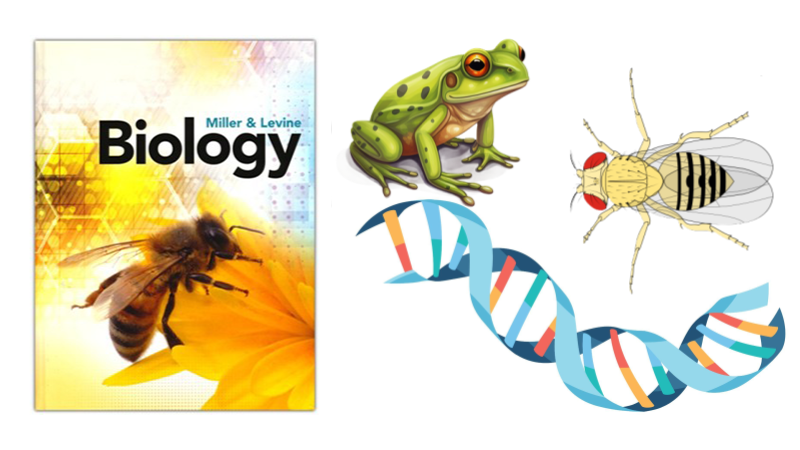
Biology 2 Curriculum and Course Map Materials
Biology teaching resources aligned to Miller and Levine’s Bee Book. 2nd semester content covers, genetics, DNA, evolution, and animal systems Materials are available for free!
-
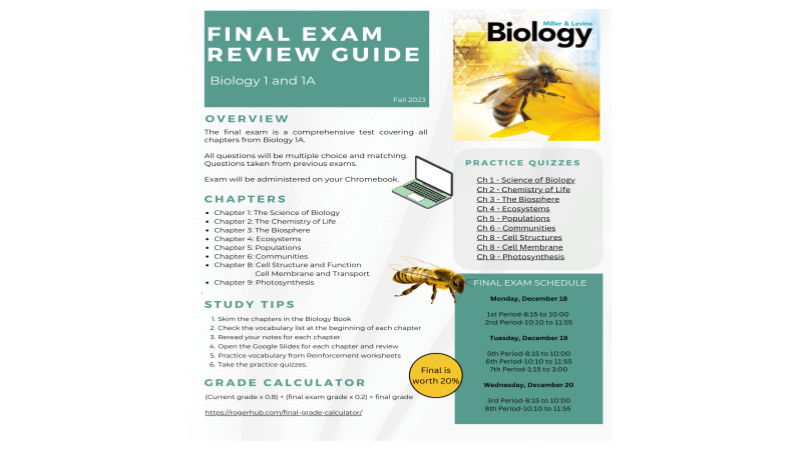
Biology 1 Final Exam Review Guide (Bee Book)
Study for your biology final exam with these comprehensive resources! Access study guides, practice tests, and key materials to ace your test!
-

Biology (Bee Book) Units 1 & 2 Reading Guides
Unit 1 and 2 Reading Guides for Miller and Levine Biology (Bee Book). Google Doc versions that can be shared on learning platforms.
-
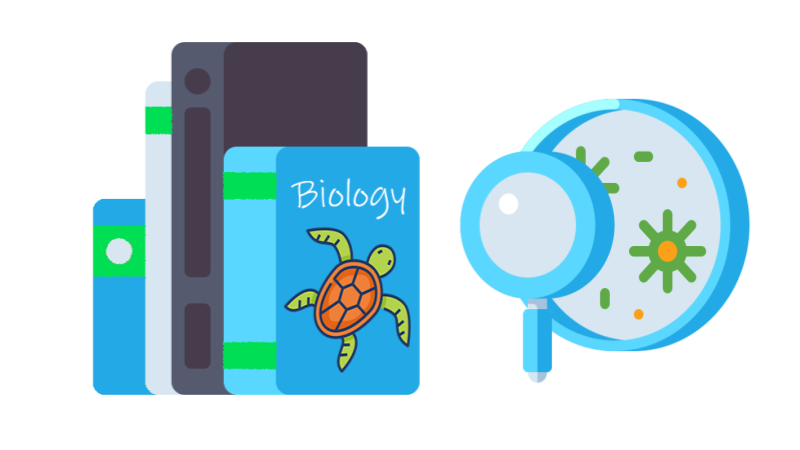
Biology 1 Curriculum with Course Map and Materials
Our school adopted the Miller and Levine Bee book this year (2023) and much of my older resources needed updating. The sequence is slightly different than the old textbook. Students learn ecology in the first semester instead of the second. You can access the complete curriculum for the 1st semester at Biology 1 & 1A…
-
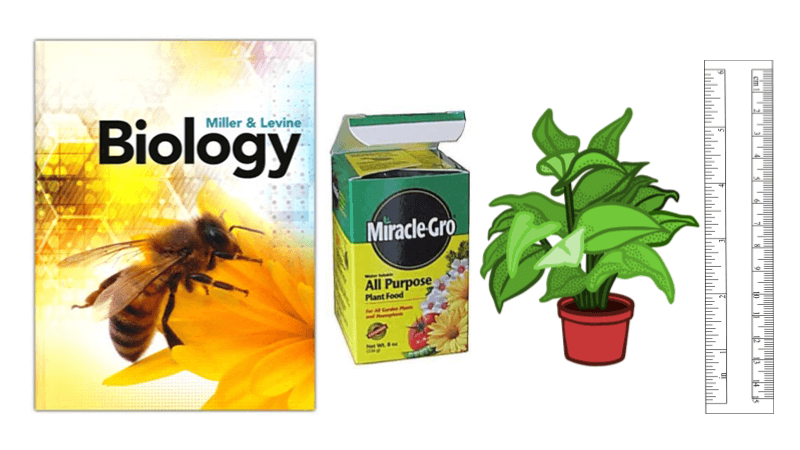
Resources for Chapter 1 Biology (Bee Book)
Resources for Chapter 1 (Bee Book), which focuses on the characteristics of life and the scientific method. Includes downloadable activities for your class.
-
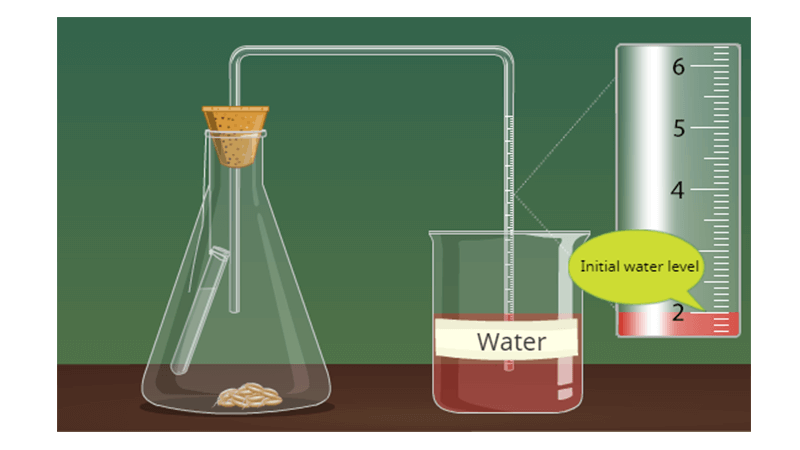
Investigation – Cellular Respiration Virtual Lab
Students complete a virtual version of the cellular respiration lab by collecting data using a simulation, where variables
-

Biological Magnification
This article discusses how toxic substances accumulate in top predators in an ecosystem, a phenomenon called biological magnification. This accumulation can have dire effects on those populations and can threaten the entire species with extinction. Students read background information on mercury and DDT and how those toxins are measured in PPM (parts per million). A…
-

The Calvin Cycle
TED-ED video on the Calvin Cycle explains how the cycle works to create glucose. Students complete questions and label a diagram of the Calvin Cycle.
-
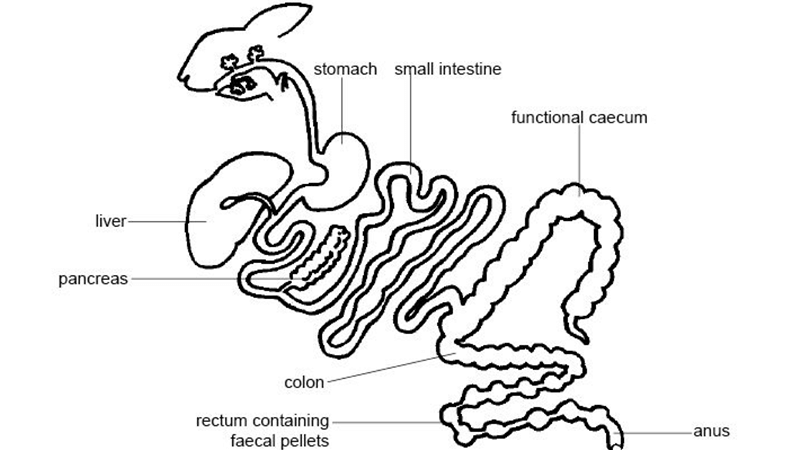
Label the Digestive System of a Rabbit
Students in biology may or may not do extensive dissections, but most biology classes do include a unit on comparative anatomy. Many teachers substitute dissections with virtual labs or paper versions of dissections where students label, color, or cut out parts. This worksheet shows a simplified diagram of a human and a rabbit digestive system…
-
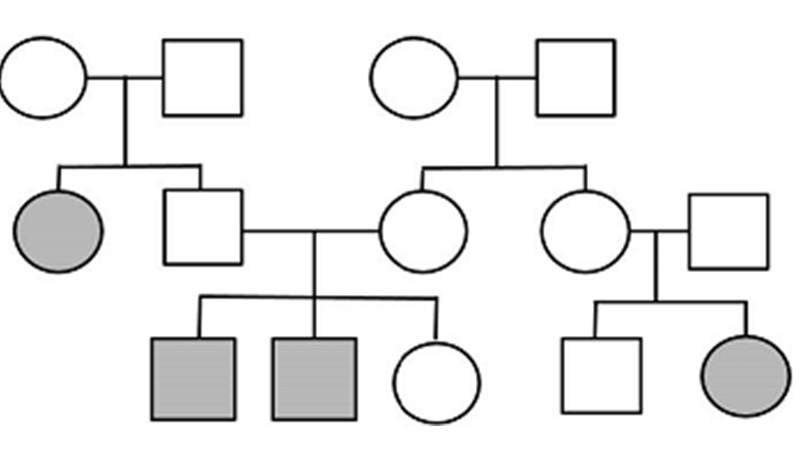
Pedigree Analysis – AP Bio
Designed for biology students studying genetics. Determine the inheritance pattern for human disorders, like Tay-Sachs or Marfan Syndrome.
-
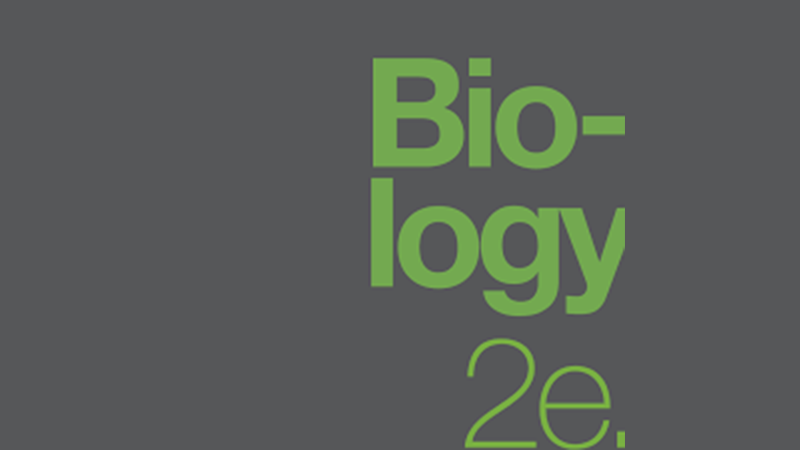
OpenStax Reading Guides
I use Openstax Biology 2e as a textbook for my AP Bio and dual credit class. Students can download this text for free, view it on their devices and print it out. You can even purchase a bound copy from Amazon for around $60, which is very reasonable for a textbook. This is the book…
-
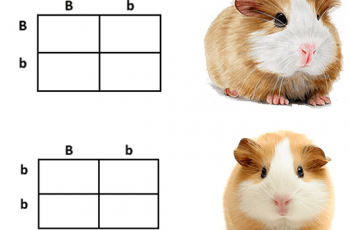
Genetics Practice Problems – Easy Mode
This worksheet was created for an introductory level biology class. This worksheet is designed to move through difficulty levels, so students start with “easy mode,” then moving to “normal” and then finally “hard mode.” Students can move at their own pace, which instructors can help students who are struggling.
-
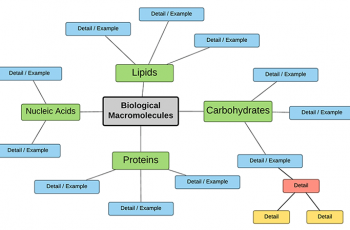
Create a Concept Map of Biomolecules
This activity asks students to work in groups to create a concept map (graphic organizer) on the biological macromolecules: carbohydrates, lipids, fats, and nucleic acids. Students are given brief instructions and a sample map to get them started, but they are responsible for determining what details are important in each section.
-
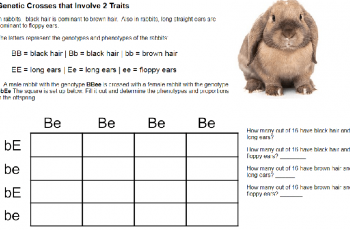
Genetic Crosses with 2 Traits with Rabbits
Beginning biology students can struggle with dihybrid crosses and setting up Punnett squares that have two traits. When tackling this concept, make sure students are familiar and competent with basic genetic crosses and setting up Punnett squares for a single trait. For example, a tall (Tt) plant is crossed with a short plant (tt). Once…
-
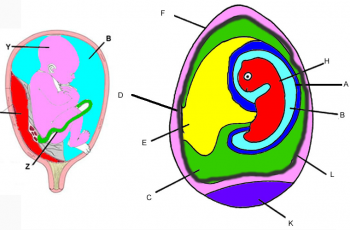
Comparing the Amniote Egg to the Placenta – Coloring
Color the amniote egg of a chicken and compare to the development of a human embryo.

